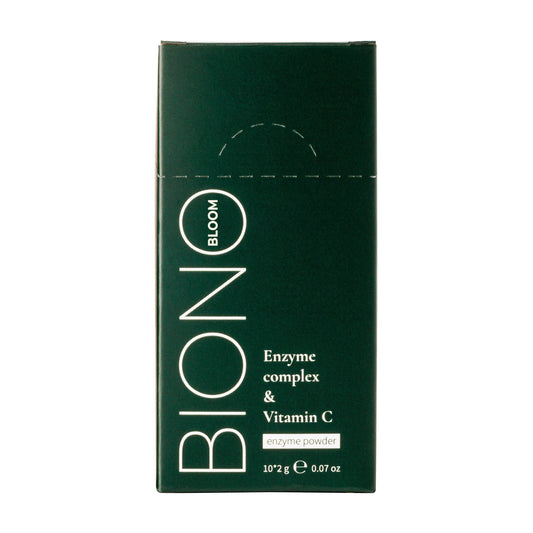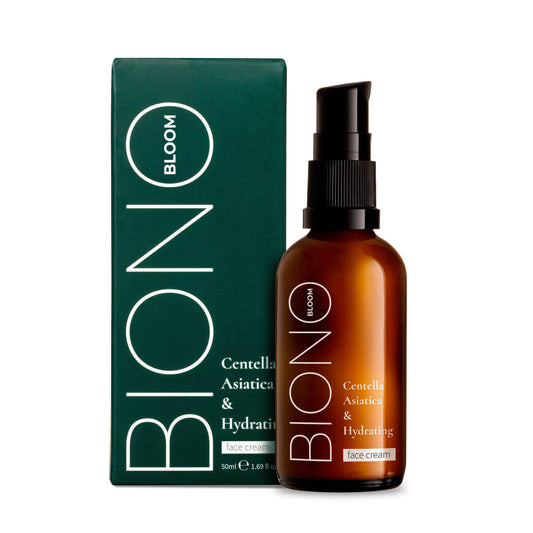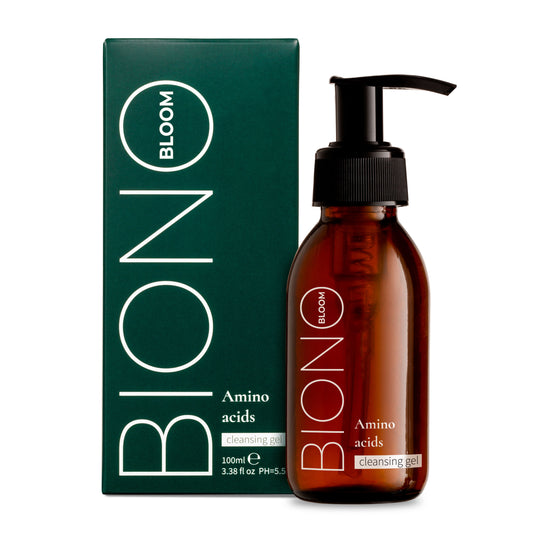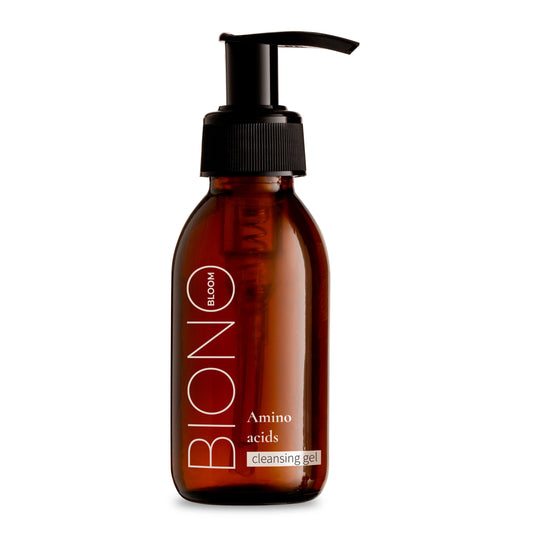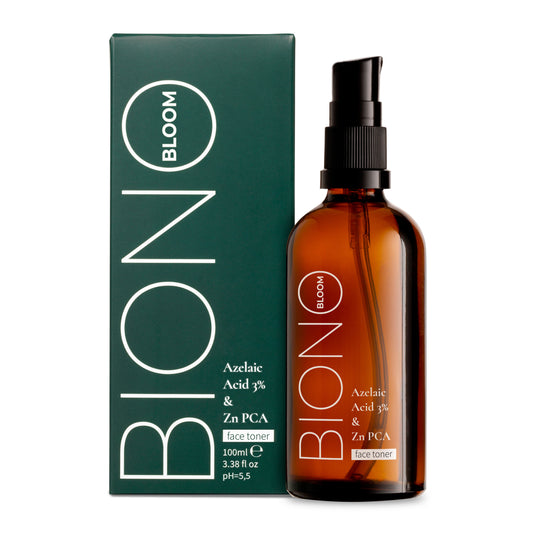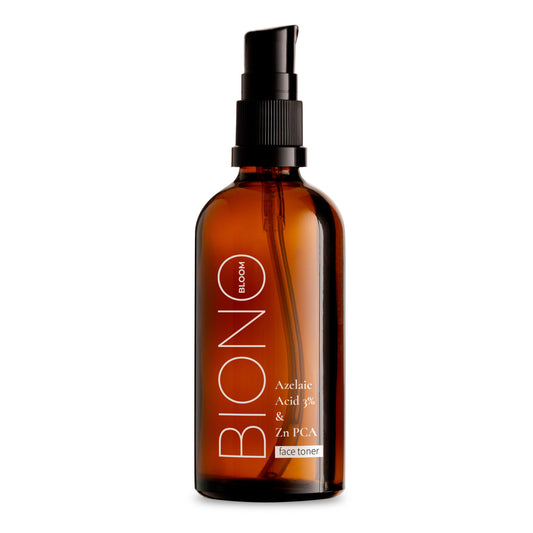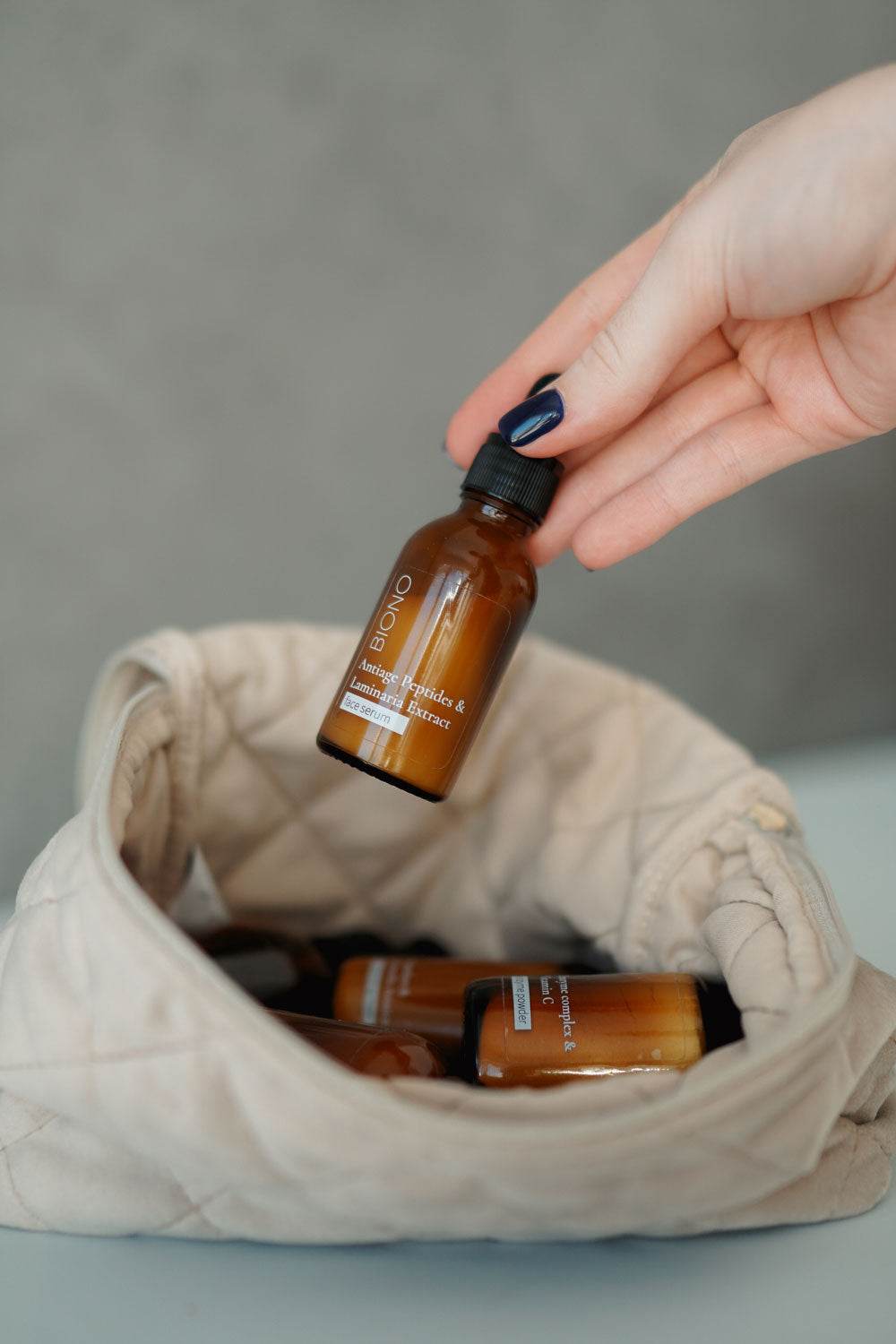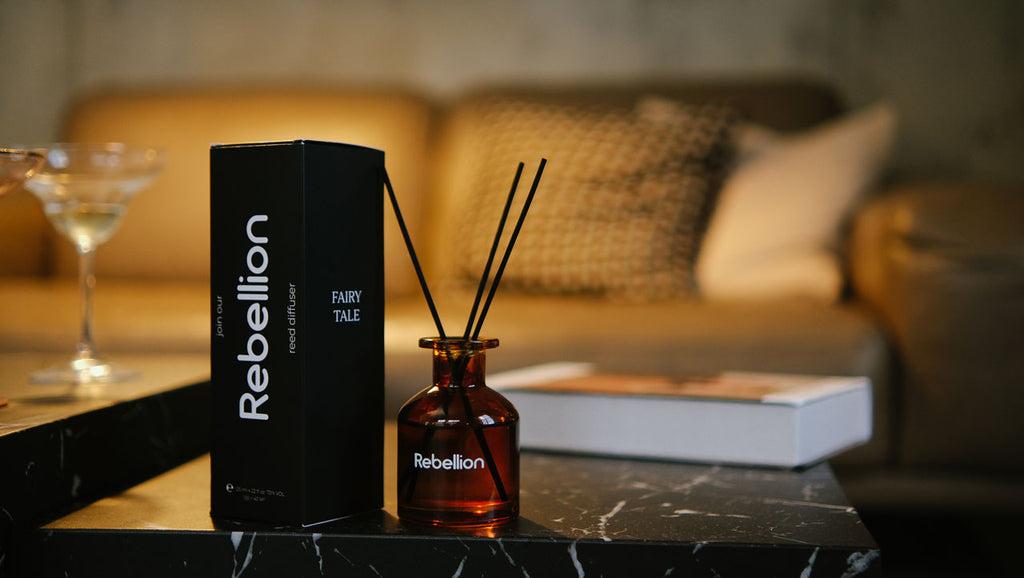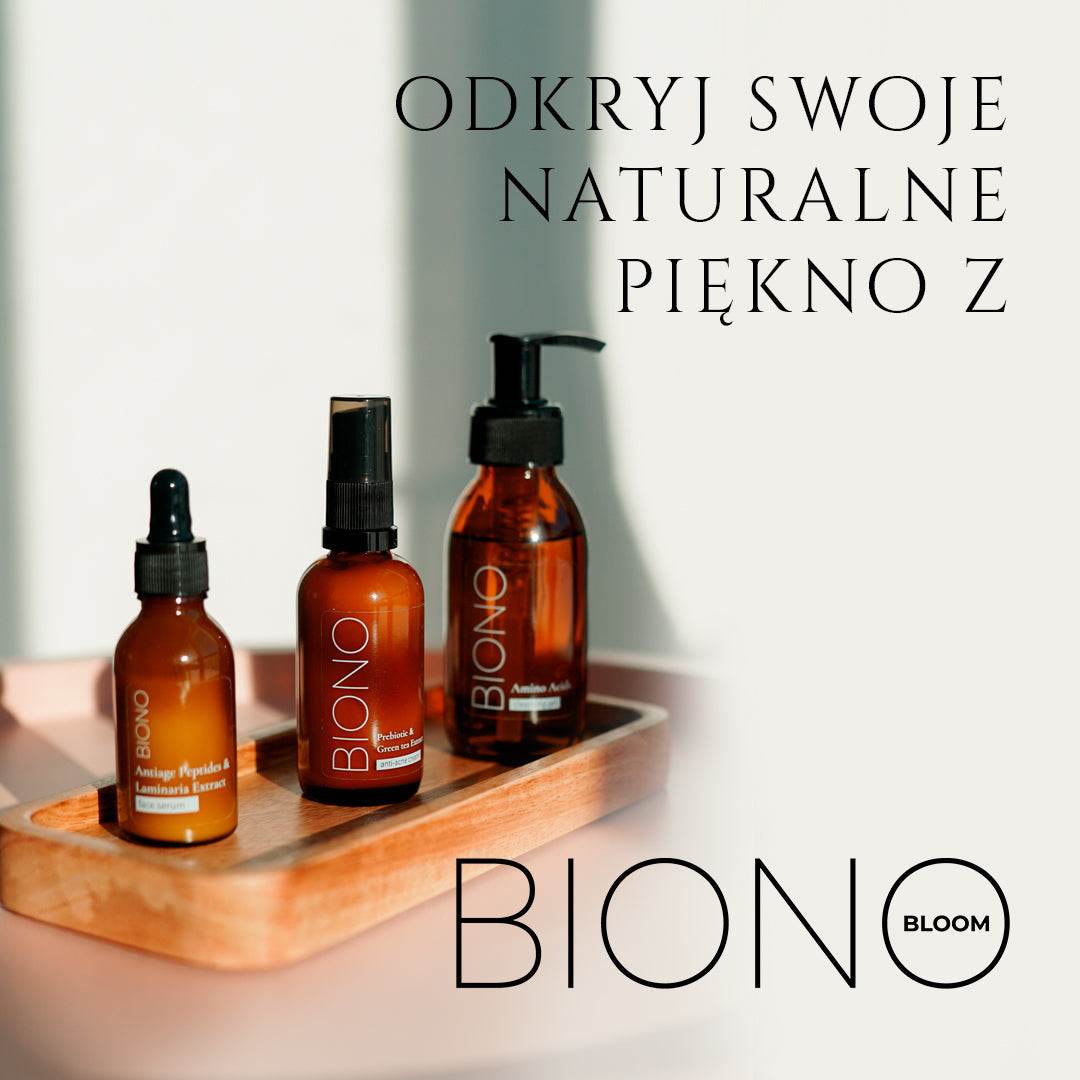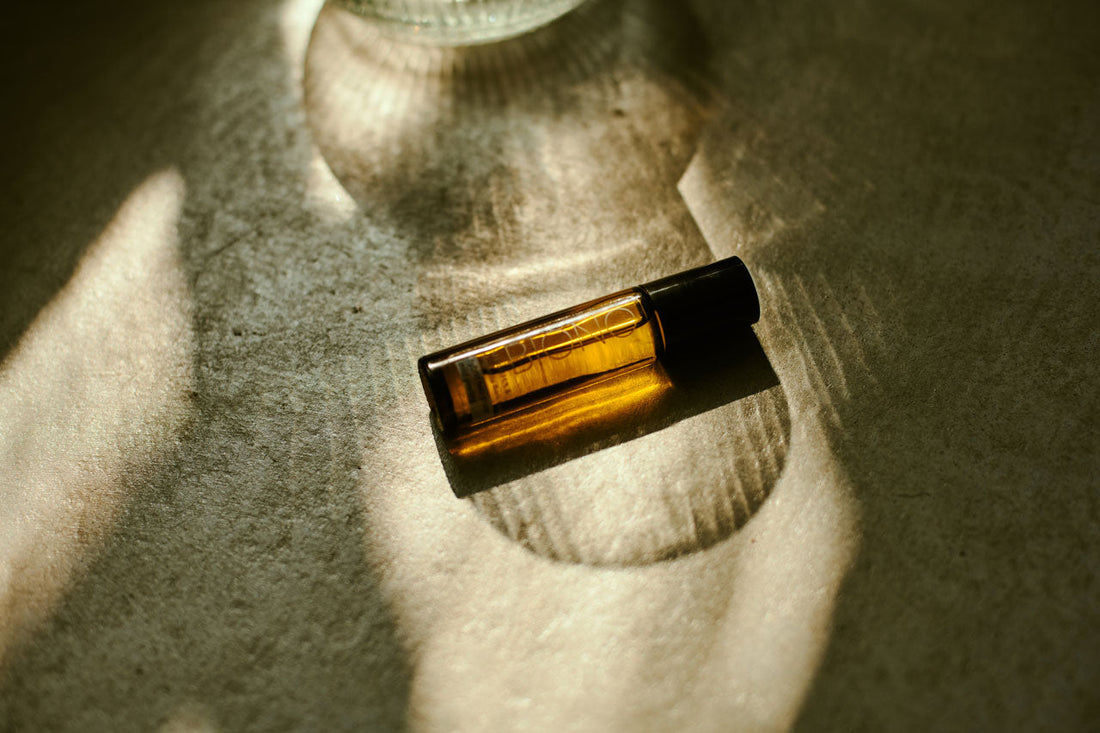
Hyaluronic acid tonic: the secret of youth and hydration for all skin types.
Share
In the world of modern cosmetology, hyaluronic acid toner is becoming a true star among skincare products, winning the hearts of millions of women worldwide. This revolutionary product combines the powerful moisturizing properties of hyaluronic acid with the gentle formula of a toner, creating the perfect balance for healthy and radiant skin.
Hyaluronic Acid in Cosmetics: The Science of Youth
Hyaluronic acid is a natural substance found in our skin, joints, and eyes, but its levels decline rapidly with age. It's essentially our body's natural moisture reservoir—one hyaluronic acid molecule can retain up to 1,000 water molecules. This unique property makes it an indispensable ingredient in combating age-related changes and skin dryness.
Various forms of hyaluronic acid are used in cosmetology, depending on their molecular weight. High-molecular-weight hyaluronic acid creates a protective film on the skin's surface, preventing moisture loss and protecting against external aggressors. Low-molecular-weight hyaluronic acid penetrates the deeper layers of the epidermis, where it actively moisturizes and stimulates regenerative processes. Cutting-edge toners combine both forms for maximum effect.
A special feature of hyaluronic acid is its biocompatibility—it's perfectly tolerated by all skin types and ages. Unlike many active ingredients, hyaluronic acid rarely causes allergic reactions or irritation, making it an ideal choice for sensitive skin. It acts as a "smart" moisturizer, regulating moisture levels according to the needs of specific skin types.

Advantages of tonic over other forms of remedies
As a cosmetic product, toner has unique benefits in delivering hyaluronic acid to the skin. Its light, watery texture allows active ingredients to quickly penetrate the epidermis, leaving no sticky or heavy feeling. This is especially important in morning skincare routines, when you need to quickly prepare the skin for serum and cream application.
Toners with hyaluronic acid act as a "primer" for subsequent skincare steps, improving the penetration and effectiveness of other products. They create an optimal level of hydration, which helps creams and serums spread and absorb better. This phenomenon is known as the "layering effect," where each subsequent product works more effectively thanks to proper skin preparation.
Unlike serums, which typically contain high concentrations of active ingredients, toners are gentler and suitable for daily use twice a day. They don't overload the skin but provide a consistent level of hydration throughout the day. Unlike creams, toners don't create an occlusive film, allowing the skin to "breathe" and naturally regulate its water balance.
How to choose a toner according to your skin type
Hyaluronic acid toners containing additional sebum-regulating ingredients are ideal for oily and combination skin. Niacinamide, zinc, and tea tree extract combined with hyaluronic acid help control sebum production without drying out the skin. It's important to choose alcohol-free formulas, as alcohol can cause a compensatory increase in oiliness.
Dry skin needs toners with a higher content of moisturizing ingredients. In addition to hyaluronic acid, such formulas typically contain glycerin, betaine, or polyglutamic acid to enhance the moisturizing effect. Ceramides and panthenol help rebuild the skin's protective barrier and prevent moisture loss. The texture of such toners can be thicker, resembling a light essence.
Sensitive skin requires extremely gentle formulas with minimal ingredients. Toners for this type of skin typically contain soothing ingredients such as allantoin, chamomile extract, or aloe vera. It's important to avoid perfumes, dyes, and potential allergens. The pH of such toners should be as close to the skin's natural pH (5.5) as possible to avoid damaging its natural protective barrier.
Correct technique for applying tonic
The effectiveness of even the best hyaluronic acid toner depends on proper application technique. Toner should be applied to previously cleansed skin, ideally immediately after removing makeup and cleansing, when the skin is still slightly damp. This moisture will help the hyaluronic acid "capture" more water and provide better hydration.
There are several ways to apply toner, each with its own benefits. Applying with your hands is considered the most effective method – it allows you to feel the skin's needs and provides a gentle massage that stimulates circulation. Simply apply a small amount of toner to your hands and gently spread it over your face, avoiding the eye area.
Using cotton pads is suitable for additional cleansing and for those accustomed to traditional toner application. However, it's important to use high-quality, lint-free pads and not press too hard to avoid skin irritation. Spray application is becoming increasingly popular due to its convenience and even distribution. After applying toner, wait 1-2 minutes before applying another product to allow it to fully absorb.

Combining with other active ingredients
Hyaluronic acid is known for its compatibility with most active ingredients, making toners containing it versatile in multi-step skincare routines. Combinations with vitamin C are particularly effective, as it not only doesn't conflict with hyaluronic acid but also enhances its antioxidant properties. This combination is ideal for morning skincare, providing protection against free radicals and intense hydration.
Retinol and its derivatives also work wonderfully in tandem with hyaluronic acid. A toner with hyaluronic acid can soothe potential irritation from retinoids and provide essential hydration for comfortable use of these powerful anti-aging ingredients. It's recommended to apply toner before retinol products to create a protective, moisturizing base.
Acids (AHA, BHA, PHA) require special care when combining with toners. Although hyaluronic acid itself is compatible with exfoliants, simultaneous use of an acid toner and a toner with hyaluronic acid should be avoided. It's better to alternate them – an acid toner in the evening for exfoliation, and a hyaluronic acid toner in the morning for hydration.
- Vitamin C: The Perfect Combination for Antioxidant Protection
- Niacinamide: synergistic action for oil control and hydration
- Peptides: enhancing the anti-aging effect
- Ceramides: rebuilding the skin's protective barrier
- Aloe: calming and healing properties
Seasonal features of use
Skin's hydration needs change with the seasons, and a toner with hyaluronic acid can adapt to these changes. In the summer, when skin suffers from air conditioning, sun exposure, and chlorinated water, a lightweight hyaluronic acid toner is the perfect solution for quickly restoring hydration balance. A chilled toner can provide additional comfort on hot days.
Winter requires more intensive hydration due to dry air from heating and low outdoor temperatures. During this time, you can use a toner with hyaluronic acid twice in a row (the "7 skins" technique) or combine it with more saturated moisturizers. It's important to remember to moisturize your neck and décolleté, which also suffer from winter dryness.
Spring is a time of renewal and preparing the skin for the active season. This toner with hyaluronic acid helps rebuild the skin after the trials of winter and prepare it for sunscreen. Fall is a time of intensive regeneration after summer's stresses, when hyaluronic acid helps "heal" the effects of UV rays and restore the skin's elasticity and radiance.
Application errors and how to avoid them
One of the most common mistakes is applying a hyaluronic acid toner to completely dry skin in a dry room. Hyaluronic acid attracts moisture from the surrounding air, and if it's not present, it can "drain" moisture from deeper layers of the skin, creating the opposite effect. Always apply a toner to slightly damp skin or in a well-humidified room.
Overuse can also be a problem. More isn't always better – too much toner may not absorb properly and may feel sticky. A small, coin-sized amount is sufficient for the entire face. If your skin is very dry, it's better to apply the toner in two thin layers, one to two minutes apart.
Improperly storing the toner can reduce its effectiveness. Hyaluronic acid is sensitive to high temperatures and direct sunlight. Store the toner in a cool, dark place, or even in the refrigerator in the summer for an extra cooling effect. Always close the bottle after use to prevent oxidation and contamination.
Hyaluronic acid tonic for different age groups
Skin's hyaluronic acid needs vary with age, and toners can adapt to these specific needs. In our 20s and 30s, skin is still capable of producing sufficient amounts of its own hyaluronic acid, so toners play a preventative and supportive role. Light formulas with a low concentration of hyaluronic acid (0.1-0.5%) will be sufficient to maintain optimal hydration levels.
After the age of 35-40, natural hyaluronic acid production significantly declines, and the skin requires more intensive external replenishment. Toners with higher concentrations (0.5-2%) and combinations of different molecular weights become essential. It's also important to pay attention to additional anti-aging ingredients, such as peptides, antioxidants, and collagen stimulants.
Mature skin (50+) requires a comprehensive approach, where a hyaluronic acid toner becomes just one element of an intensive skincare regimen. Formulas for this age group often contain additional moisturizing ingredients such as ceramides, cholesterol, and free fatty acids to rebuild the skin's barrier function. The texture can be more saturated, similar to an essence or a lightweight serum.
The future of hyaluronic acid tonics
The cosmetics industry is constantly developing technologies for using hyaluronic acid, and toners are no exception. New delivery methods, such as liposomal encapsulation and nanoparticles, allow hyaluronic acid to penetrate even deeper and work more effectively. Combinations with other innovative moisturizers, such as polyglutamic acid or tremella, create synergistic effects.
Personalization is becoming a key trend—some brands already offer toners with varying concentrations of hyaluronic acid to create personalized skincare regimens. Biotechnological production methods allow for the creation of purer and more effective forms of hyaluronic acid, while artificial intelligence helps develop optimal formulas for specific skin types.
Ecology and sustainability are also driving the industry's growth. Toners with hyaluronic acid produced through microbial fermentation are emerging, making the process more ecological and ethical. Packaging is becoming more eco-friendly, using recycled materials and concentrated formulas.
Hyaluronic acid tonic - your daily elixir of youth
Hyaluronic acid toners deservedly occupy a central place in modern skincare regimens, offering the perfect balance of effectiveness, safety, and convenience. This versatile product is suitable for virtually all skin types and can adapt to individual needs, seasonal changes, and age-related changes. Properly using such a toner is an investment in the long-term health and beauty of your skin.
The key to success lies in understanding your skin's needs and choosing a toner with the right composition and concentration of active ingredients. Regular use of a quality toner with hyaluronic acid not only provides immediate hydration but also contributes to long-term improvement in skin texture, reducing the appearance of fine lines, and maintaining a natural radiance.
The future of hyaluronic acid toners promises even more innovation and personalized skincare options. By investing in a quality toner today, you're laying the foundation for healthy and beautiful skin for years to come. Remember, beauty begins with proper care, and a hyaluronic acid toner is a simple yet powerful tool that can dramatically transform the condition of your skin and boost your self-confidence.


